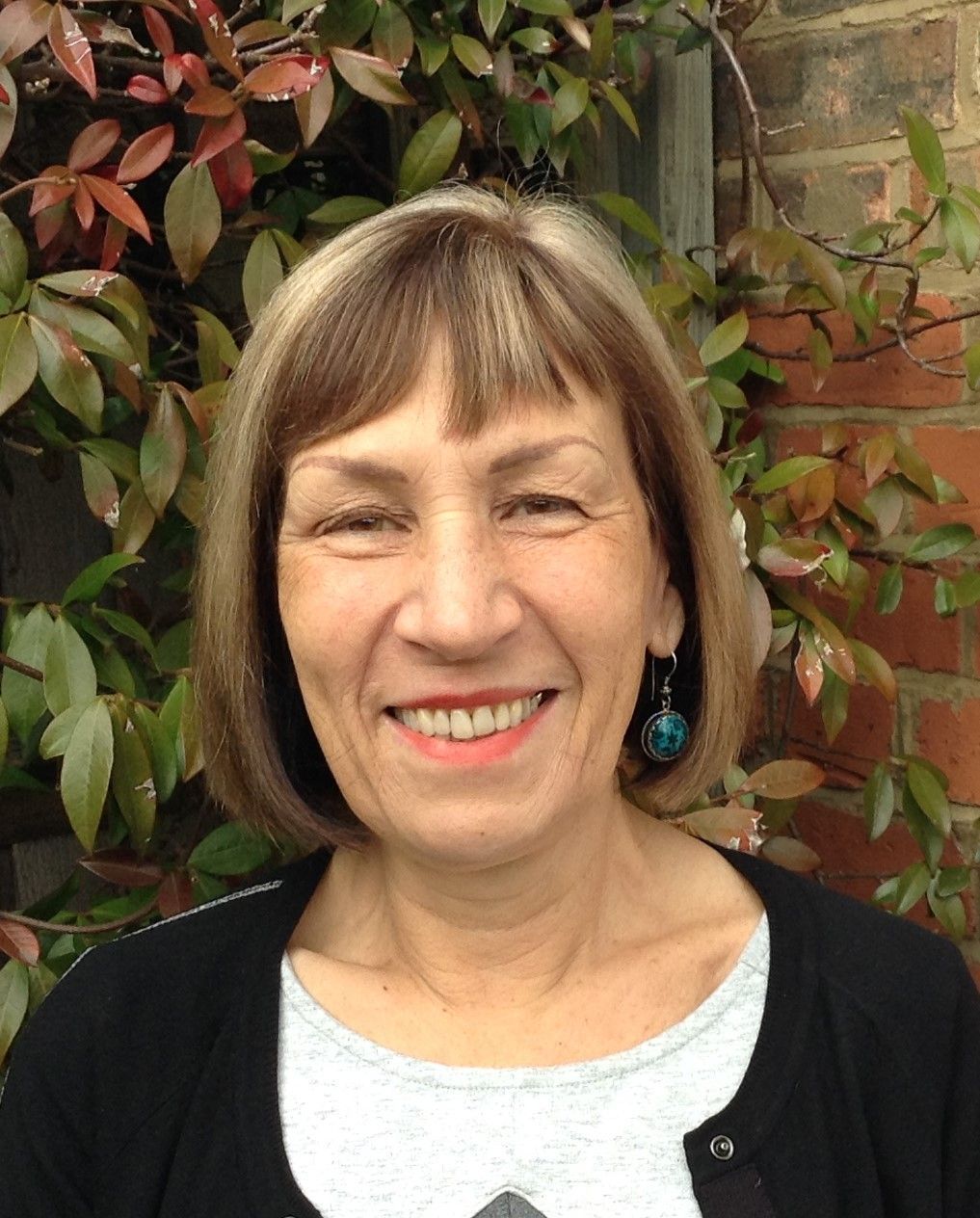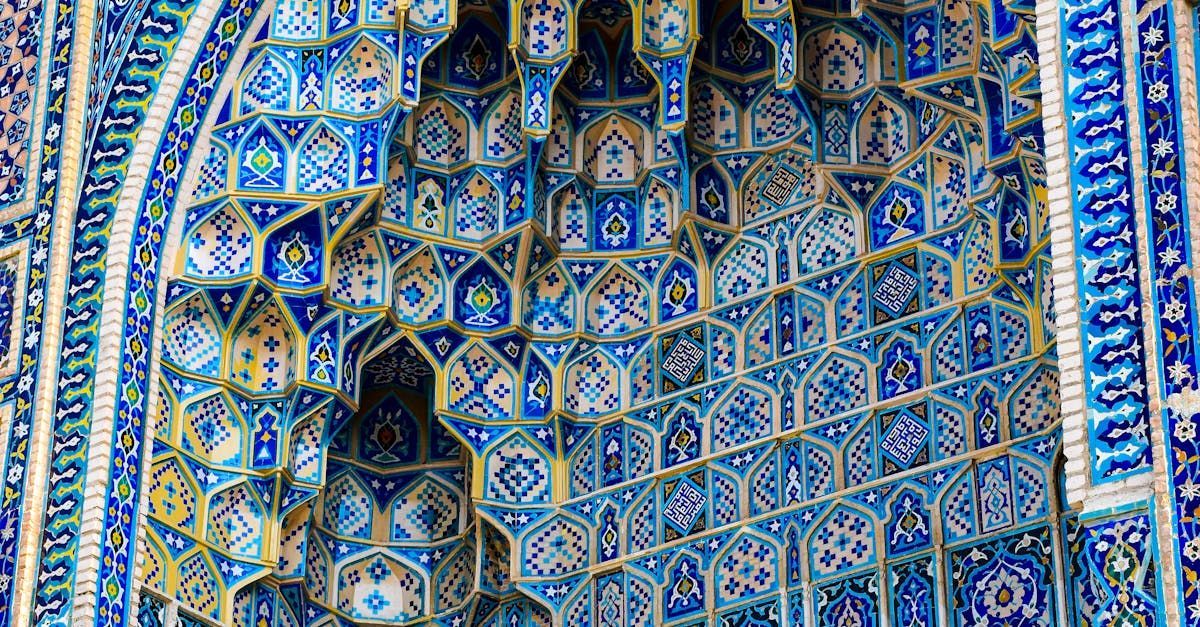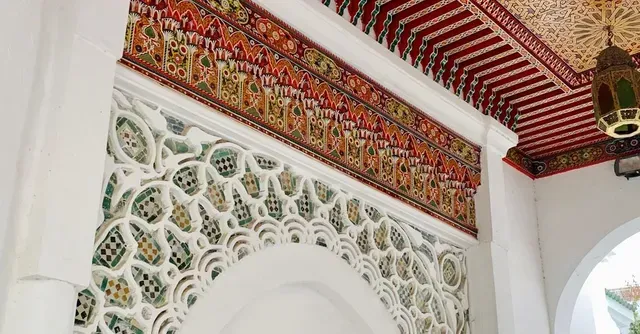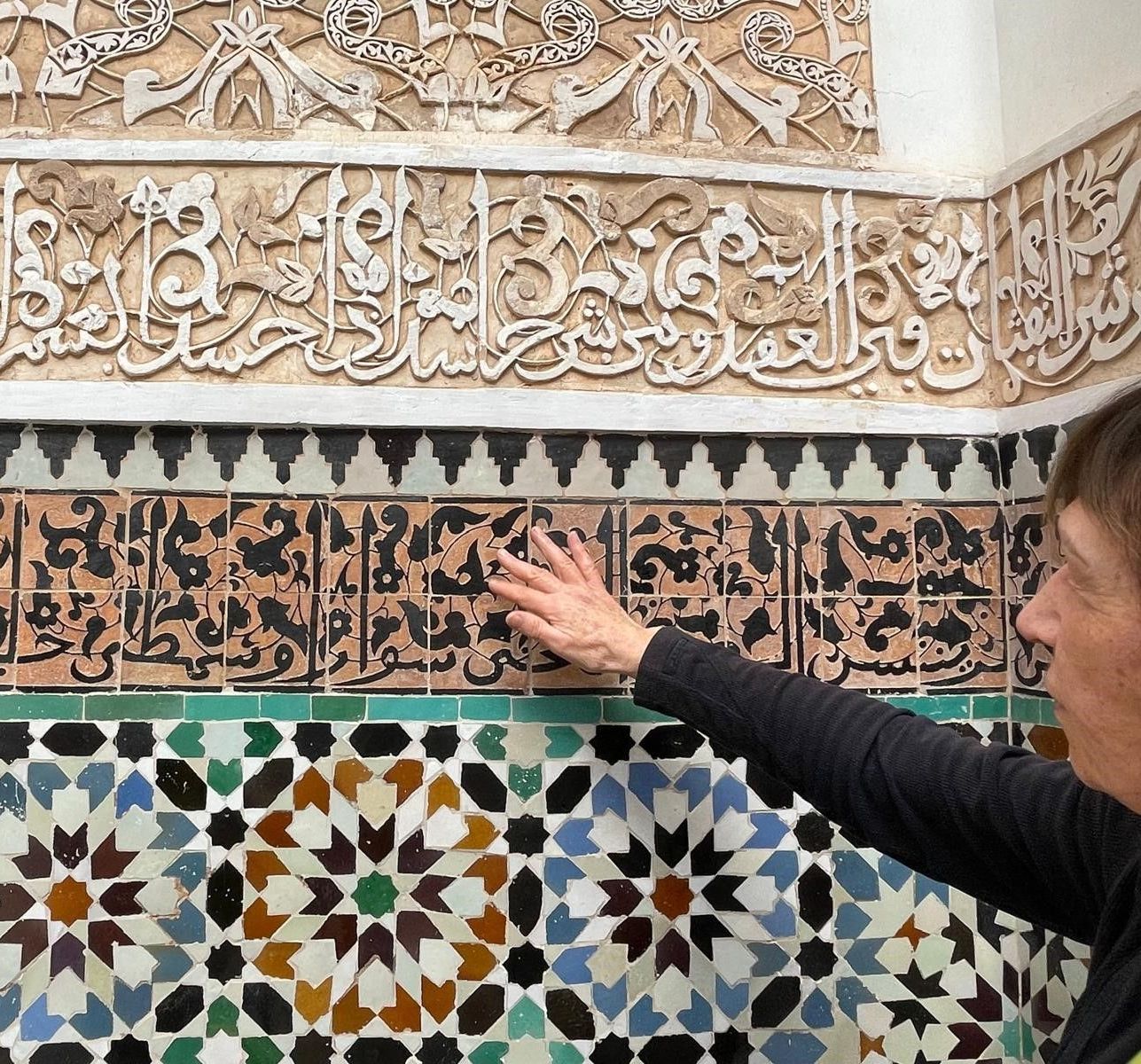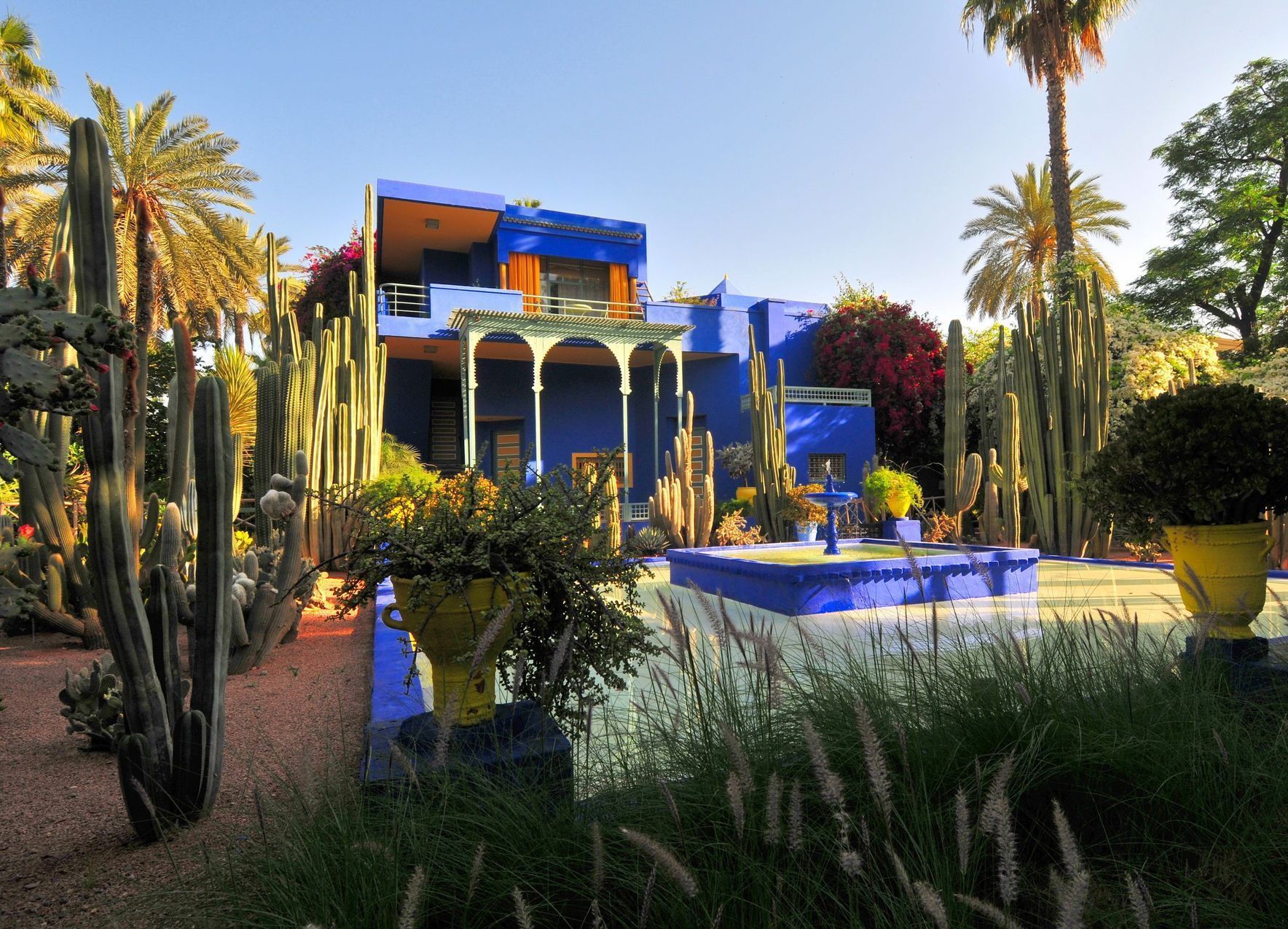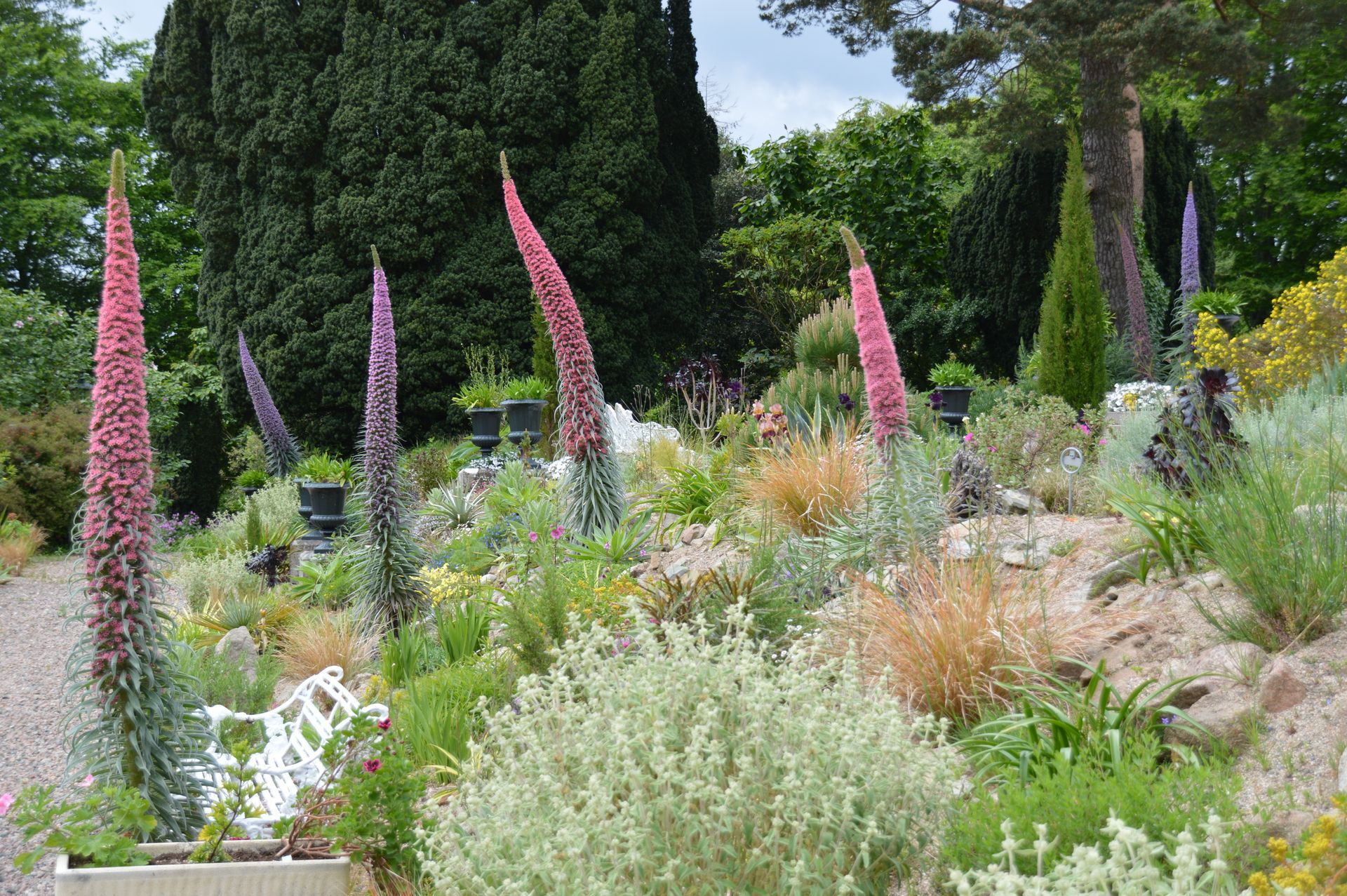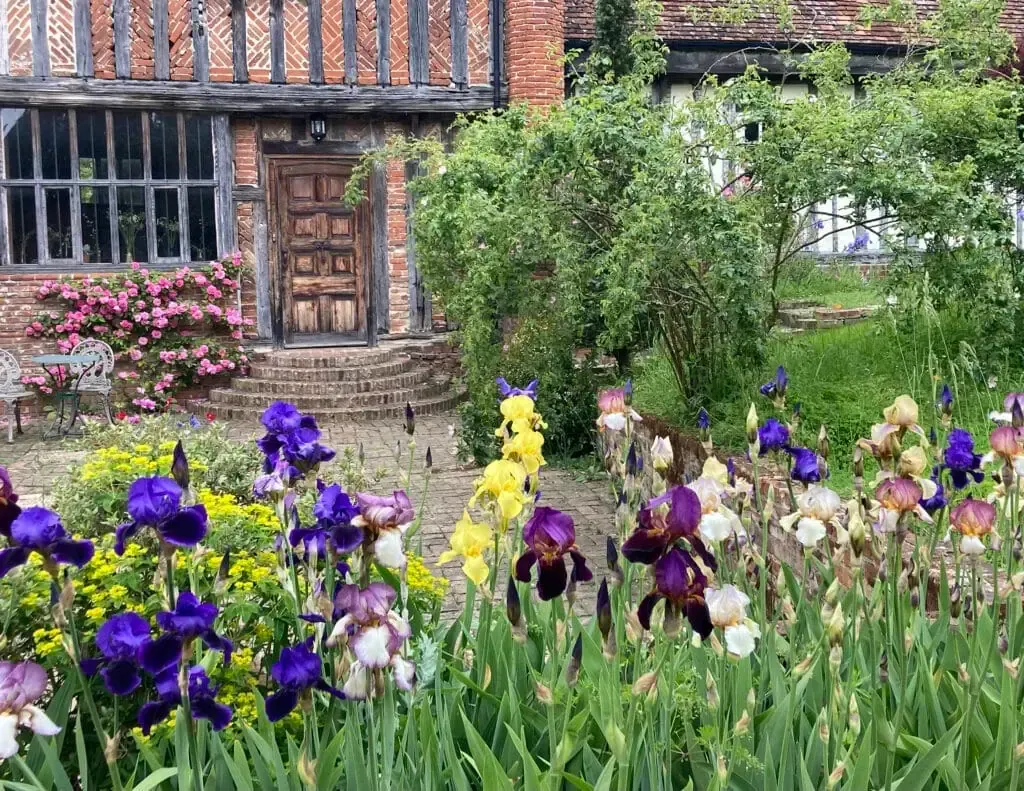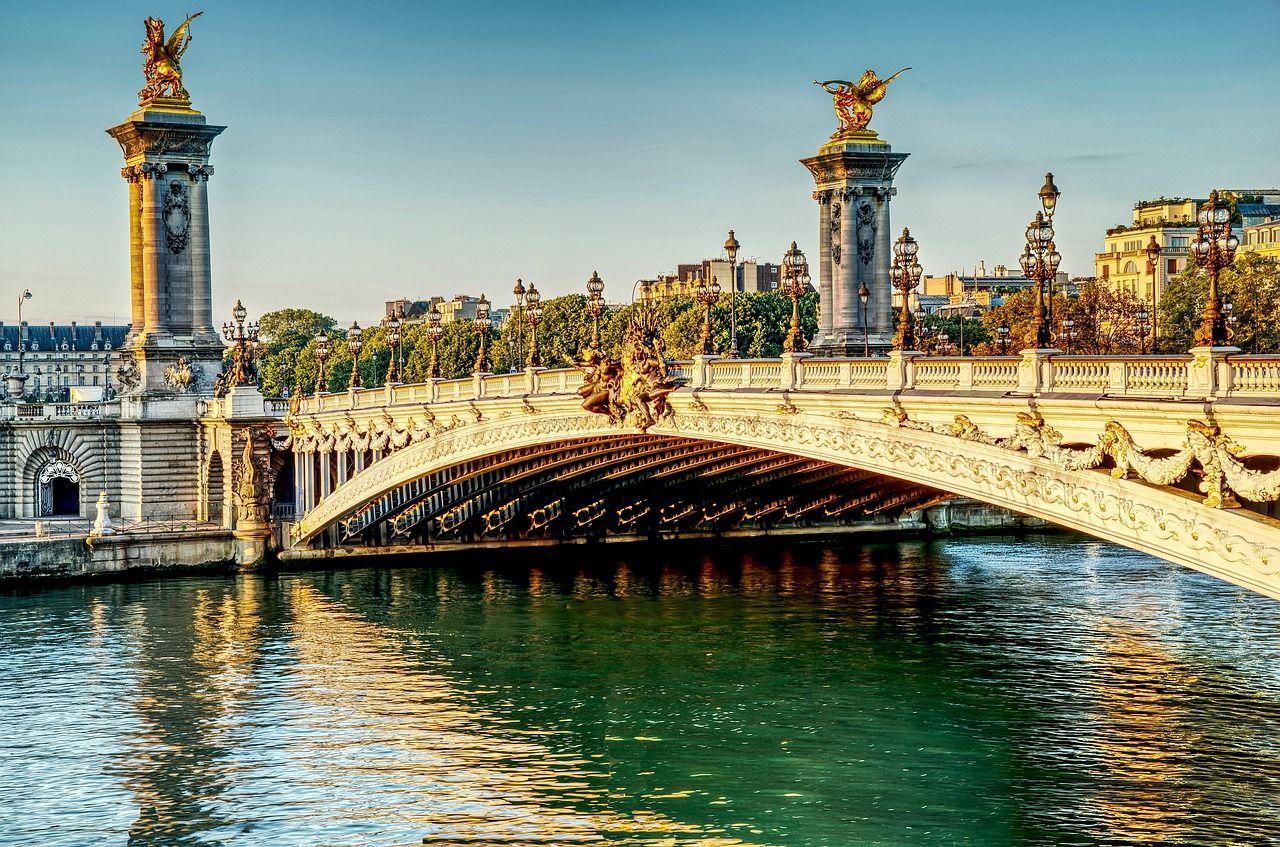A taste for tiles | Article
A taste for tiles | By expert lecturer Sue Rollin
We are delighted to have expert lecturer Sue Rollin leading three tours for Art Pursuits in 2025, to Uzbekistan, Morocco and Seville, destinations with distinct histories and traditions, but which share a taste for the use of colourful glazed tilework. Glazed brick and tile decoration goes back to ancient Egypt, Assyria, Babylonia and Persia, and although it went out of fashion in the Roman and Byzantine periods, it reappeared in the 9C in the Islamic world where it became one of the finest and most accomplished art forms.
When in the late 14C the great Central Asian conqueror Tamerlaine became master of a vast empire he brought the best architects, artists and craftsmen to his royal atelier in Samarkand. As the artisans pooled their skills, the decorative arts flourished and the international Timurid style was born. Buildings were embellished with glazed bricks and tiles and the results are spectacular. Few architectural ensembles can compare with the Registan in Samarkand and the brilliant blue, bulbous fluted dome over the Gur Emir, Tamerlaine’s mausoleum, is a masterwork. Interiors and portals of the mausolea at the Shah-i Zinda necropolis display an extraordinary range of colours, techniques and designs. Delicately carved and glazed tiles in white, cobalt blue and turquoise contrast with cuerda seca panels with a wider colour palette. Designs are based on curvaceous and angular calligraphy, geometry and the arabesque, with floral and vegetal patterns showcased in tile mosaic.
In the far west of the Islamic world, the art of zillij, cut tile mosaic, has been a characteristic feature of Moroccan architecture since the 10C. Skilled craftsmen use pieces of coloured glazed terracotta tiles to create complex geometric patterns for which they have a choice of an astonishing 360 different rectangular and curvilinear shapes, each of which has a different name. They include triangles, squares, polygons, rhombuses, diamonds, incredible stars with up to 96 points, and shapes which are named after the objects, plants and animals from which they are abstracted. Zillij decorates mosques, tombs, religious colleges, fountains, patios, baths, palaces and mansions and for wealthy patrons it was a statement of luxury and sophistication. Initially the palette was restricted to white and brown, but as the art form developed, green, yellow, blue and red, representing the four elements, were introduced. Fes boasts some of the best traditional Moroccan zillij, in the 14C Bou Inania and El Attarine merdersas, where walls and floors are clad in exquisite patterns.
Across the straits of Gibraltar, where parts of Iberia were under Muslim rule for almost 800 years (711-1492), a distinct Islamic art evolved, which drew much of its inspiration from Islamic Africa but also absorbed elements from Roman and Visigothic Spain. Following the Christian reconquest a hybrid Christian-Islamic artistic style emerged, known as mudéjar, popular with wealthy patrons and used to decorate their residences. In Seville there are notable examples of mudéjar, in stucco, marquetry and tilework. Pedro I remodelled the Alcázar as an Islamic palace in the 14C: dados are clad with tile mosaic panels, using the same geometric patterns as Moroccan zillij. Around 1500 the potters invented a new method of tile-making, in which moulds were pressed onto unfired tiles, creating recesses (cuencas), which were filled with coloured glazes, and ridges (aristas), which prevented the colours from running during firing. Vast quantities of arista tiles were produced in the Seville potteries, and used to create panels which copied the designs of Islamic tile mosaic but which also incorporated Renaissance motifs. The Casa de Pilatos is a perfect example of the blending of the two styles and a testament to the enduring taste for tiles, which decorate rooms, courts and stairs and show the coat-of-arms of Pedro Enríquez, the governor of Andalusia, who founded the palacio c.1490.
Join Sue on an Art Pursuits study tour in 2025 now!
- A TASTE OF SEVILLE Gastronomy and artistic heritage in the capital of Andalusia | 13 – 19 May 2025
- UZBEKISTAN The Golden Road to Samarkand | 24 May – 3 June 2025
- NORTHERN MOROCCO Imperial Cities and more | 29 October – 7 November 2025
Contact Info
Tel: 01280 430 175
Email: hello@fineandcultural.com
WhatsApp: +447946892834
Fine and Cultural Tours Ltd
1 West Street, Buckingham, MK18 1HL
Tours
Quick Links


All Rights Reserved | Fine and Cultural Tours | Booking conditions | Privacy Policy

